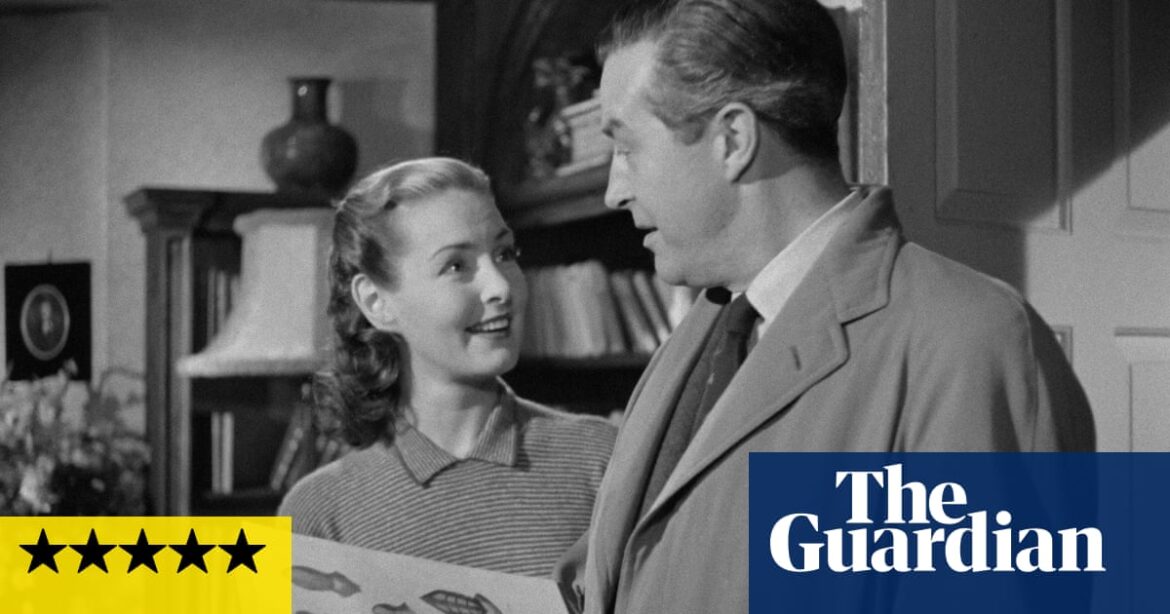
T
The 1951 drama-thriller, directed by Jacques Tourneur and written by veteran genre writer Philip MacDonald, follows the story of Ray Milland as he investigates his brother’s death in postwar Britain. This film is a true gem, with a focused plot, quick pacing, and a touch of eccentricity. It takes viewers on a journey from the coast of Tampa, Florida to London, and then to Wales, the Scottish Highlands, and Birmingham. One particular scene, shot on location in London’s Covent Garden during the time of the fruit and vegetable market, captures the bustling atmosphere with real people in the background.
There are no obvious action scenes: no gunfights, not even a physical fight. However, it is completely captivating with an underlying sense of mystery and tension, a combination of humor and seriousness that would have been recognized by Alfred Hitchcock, and a touch of unconventional romance that reminded me of Powell and Pressburger. These comparisons are partly due to the cast – many actors here have given notable performances for other well-known directors, but also because Circle of Danger was produced by the talented and formidable screenwriter Joan Harrison. She was a longtime collaborator of Hitchcock’s and her biography was recently published by Christina Lane in 2020. However, Harrison deserves much more recognition from movie historians.
Milland plays Clay Douglas, a tough American with a sentimental sense of his own Scottish heritage, who comes to Britain to find out what really happened to his kid brother during the second world war. Impressed by the British standing alone against the Nazis, the younger American had gallantly volunteered for the British military in 1940, and was killed in action as part of a commando raid in northern France. He was not universally liked in the ranks and was the only man in his unit to die, in circumstances that seem oddly unexplained.
Clay is in search of answers and his journey leads him to Hamish McArran, his brother’s former commanding officer, and Sholto Lewis, another officer who is now a pretentious ballet choreographer in bohemian London. Unfortunately, the portrayal of Lewis is tinged with the casual homophobia of the era. Along the way, Clay falls for Elspeth Graham, a charming Scottish writer played by Patricia Roc from Gainsborough. Despite his love for her, Clay has a recurring problem with being punctual for their dates. In a humorous turn of events, he crosses paths with Reggie Sinclair, a former army intelligence officer who is now a comical used-car dealer, played with clever humor by Naunton Wayne. Reggie is married to a lively nightclub singer, a small role that Dora Bryan brings to life with her delightful performance.
This movie is highly enjoyable and engaging, with an intense and creepy climax involving an improvised “shooting party” where guns are only used once, set against the haunting sound of the wind. Its runtime of 86 minutes is concise and expertly crafted storytelling.
Source: theguardian.com



